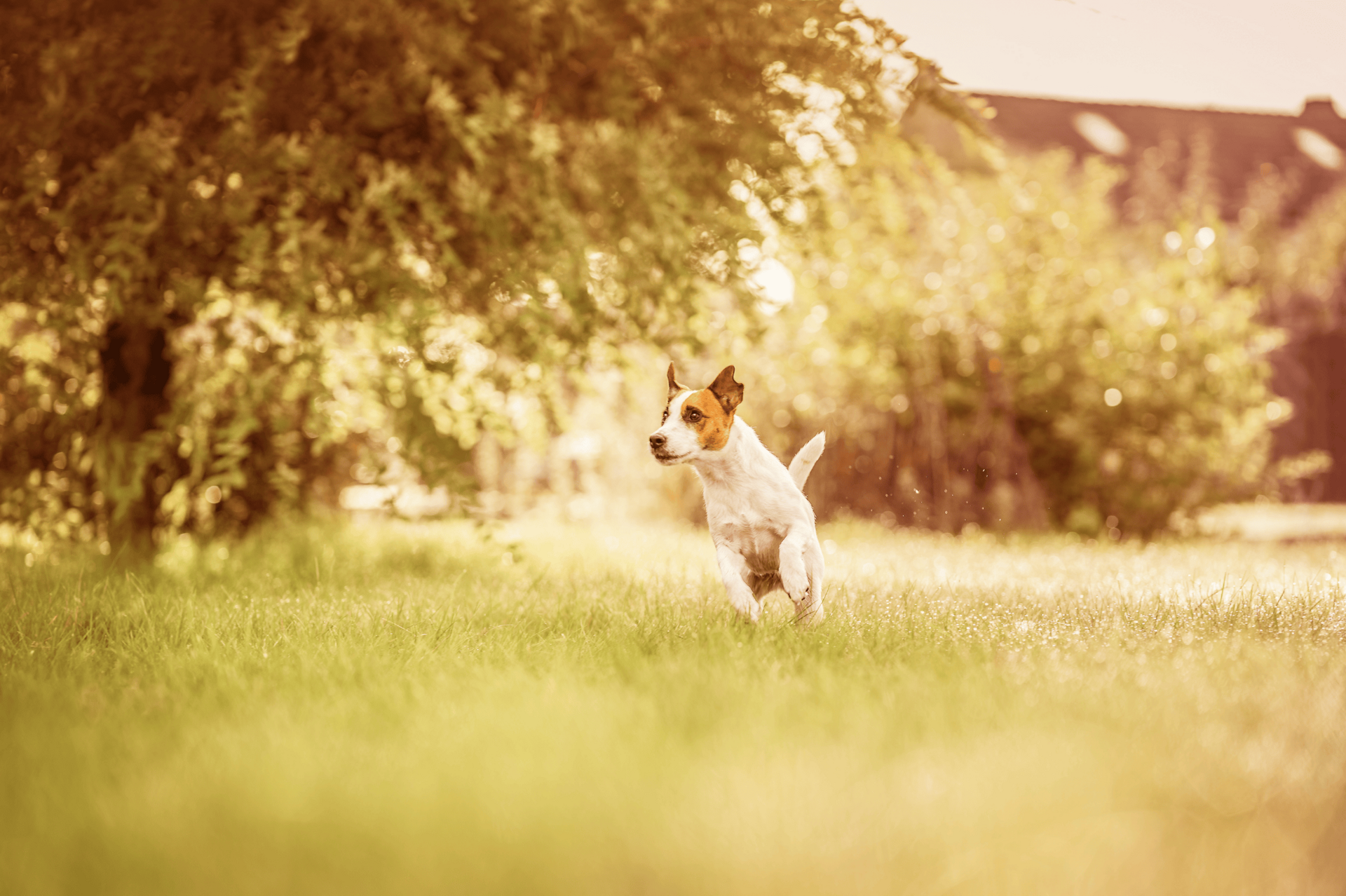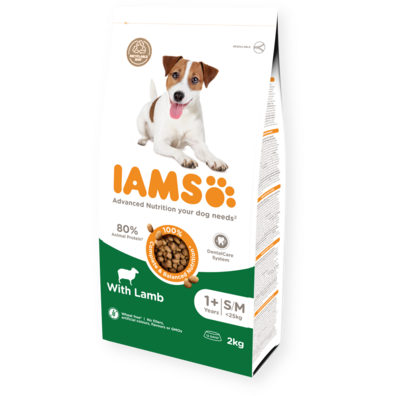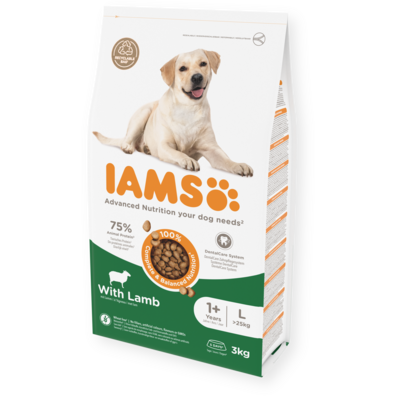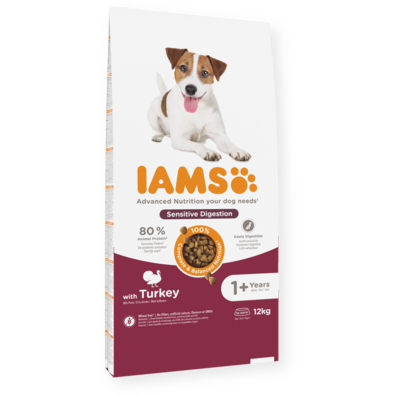Tips for lead training your dog
Dogs are gifted with enthusiasm-a good trait if you and your pet are playing fetch in a field, but a potentially dangerous one if you're strolling along a busy pavement. An untethered animal poses many risks: He could jump on strangers, get into fights with other dogs or run into oncoming traffic. That's why lead training is so essential. Lead training should begin as soon as you get your dog, regardless of her age. In fact, in some areas, leads are required by law.

Advice from the experts
Animal behaviorist Wayne Hunthausen, DVM, and co-author with Gary Landsberg and Lowell Ackerman of the Handbook of Behaviour Problems of the Dog and Cat (Butterworth Heinemann, 1997), offers this advice when beginning to lead train your dog.
- Be patient. Dogs, like people, learn at different rates. Some dogs may take weeks and even months of patient training before they completely learn how to heel on command.
- Young dogs usually take well to wearing a collar and lead, though temperament and energy level can influence how quickly they learn.
- Some breeds, such as Beagles and Dachshunds, often require more intense training because they are very easily distracted. This isn't to suggest that a dog is less intelligent if he doesn't calmly walk at her owner's side after a week of training, only that he may require a longer learning period.
- Older dogs may take a little longer to get used to a collar and lead, especially if they haven't had lead training before.
Five easy steps to lead train your dog
- Begin by placing the collar and lead on your dog while he eats, letting the lead hang loosely by his side. This allows your dog to associate the lead with something pleasant (food) and helps him get used to having a collar around his neck.
- After two or three days, take the lead in your hand and follow him around the house for a few minutes after he's eaten. Do this for longer and longer periods, until your dog is used to both the lead and having you walk beside him.
- Next, go outside and let your dog drag the lead around, occasionally picking up the lead and following him. Offer a treat while showing the lead.
- While walking, hold the lead in your right hand and coax your dog along your left side by holding a treat in your left hand. As you walk, repeat the phrase, "heel" Praise your dog when he does well.
- If your dog starts to pull forward, do a clockwise turn and walk in another direction; the lead will pull his head to the side so he'll have to hurry to catch up with you. Repeat this exercise until your dog learns that if he wants to walk beside you and receive your praise, he'll have to stay by your side.
- Keep using treats to encourage him to stay close to you. These can be phased out when he is reliably walking to heel.
More lead training tips
Make sure your dog's lead isn't too long. Four to six feet is ideal, says Dr. Hunthausen.
- Conduct your outdoor training sessions in an area with few distractions, such as your garden or a quiet park.
- If your dog is overly excited, tire him out a little with vigorous play before placing him on the lead. A slightly fatigued dog is more attentive.
- Never shout at or hit your dog while training. Patience pays!
The proper training equipment
Using the proper lead and collar can help make your training successful. Most pet shops carry a wide selection. Many common types of leads and collars are listed below.
- Flat lead and buckle collar. These common Leads are available in leather, nylon and metal chain of various lengths.
- Retractable Lead. Much like a fishing pole, this lead lets your pet wander up to 20 feet ahead while still under your control. Pushing the button takes up the slack. (Not a good choice when teaching to "heel.")
- Head collar. This unique collar, attached to a lead, keeps your dog under gentle control with a loop around the mouth as well as a collar around the neck. It doesn't restrict the mouth, and it thwarts lunging by transferring the forward motion into a sideways head turn. This type of lead is especially effective on energetic or difficult-to-control dogs.







